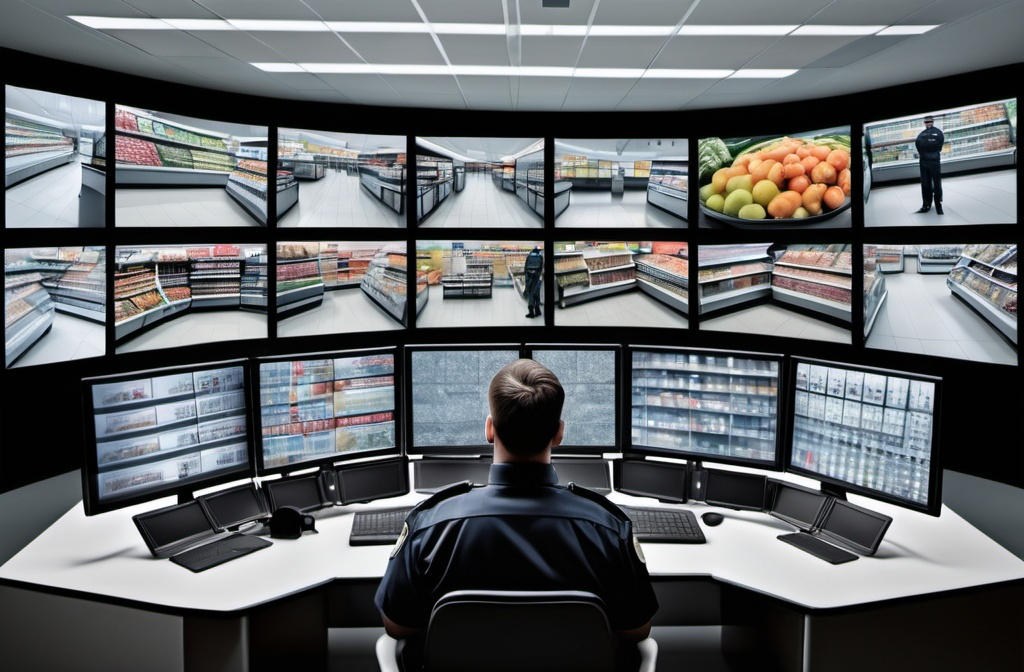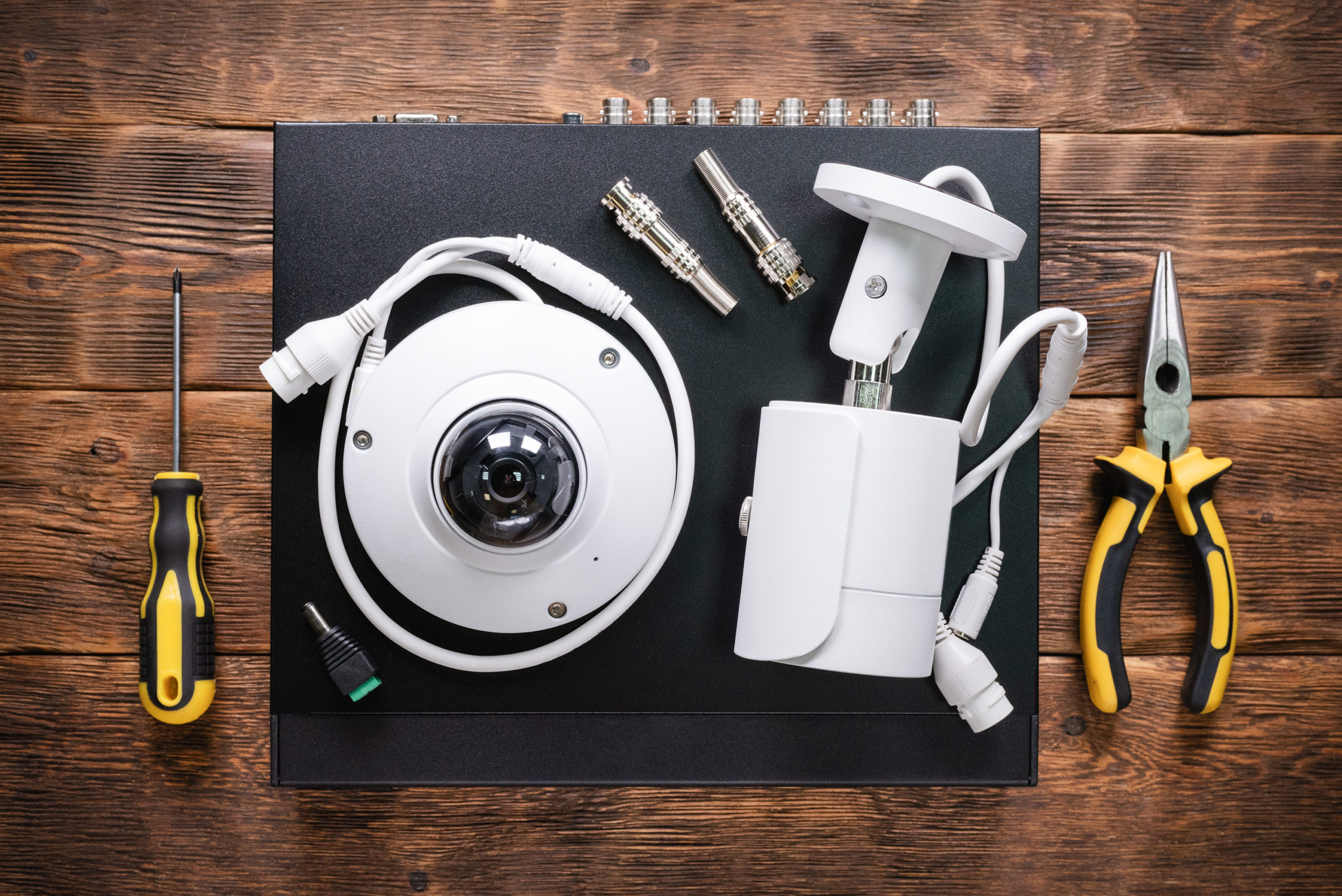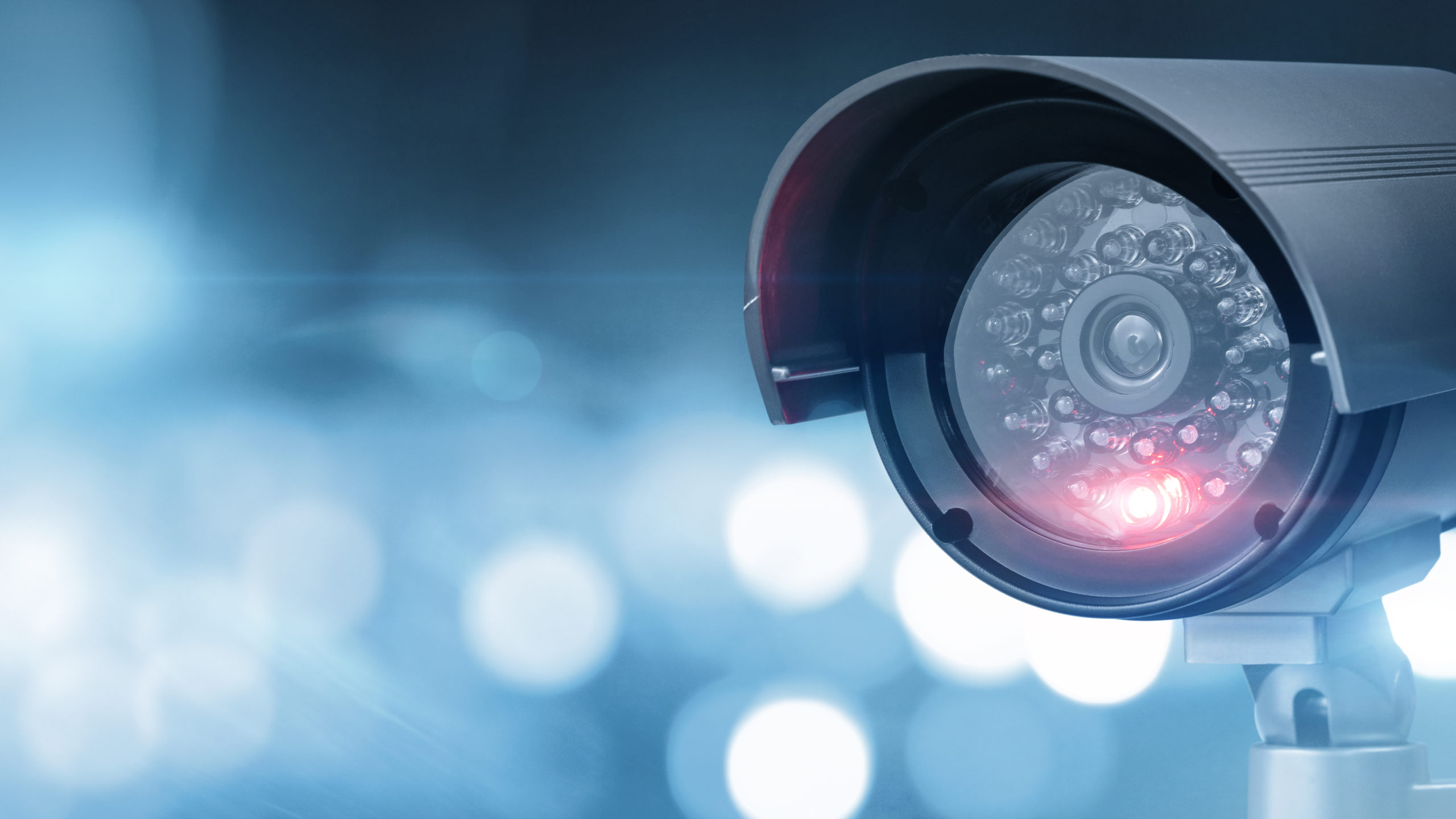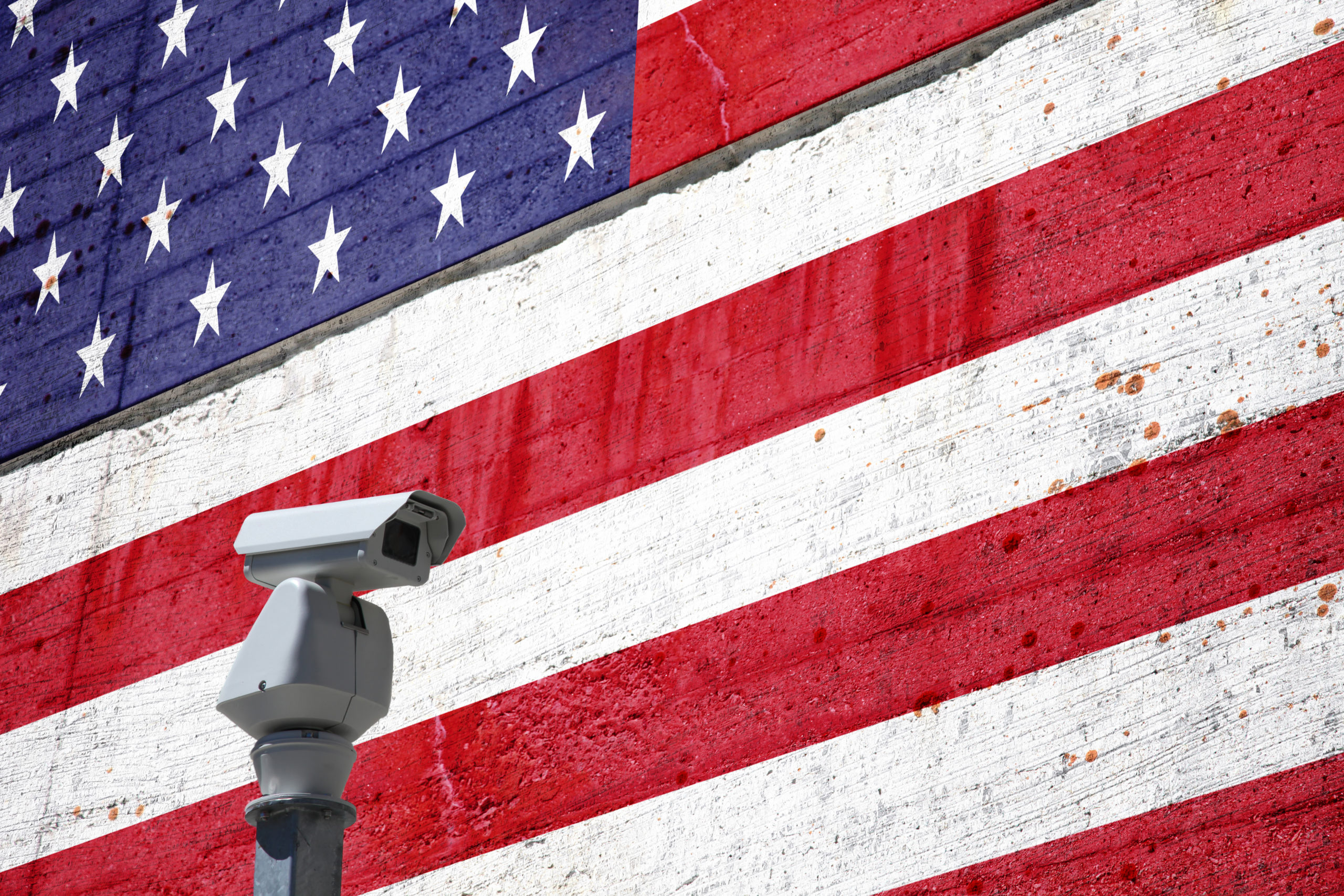Introduction
Urban environments present unique challenges in the security landscape. The dense population, complex infrastructure, and heightened criminal activity make urban areas high-risk zones for theft, vandalism, and violence. Remote monitoring has emerged as a crucial tool for securing businesses, residential complexes, and public spaces in cities. However, many rare and lesser-known facts about the of remote monitoring cost-efficiency remain unheard of.
In this detailed blog, we will explore the rare statistics surrounding remote guarding in urban areas. Backed by real-world case studies and insights into how this technology is reshaping the way we approach urban security.
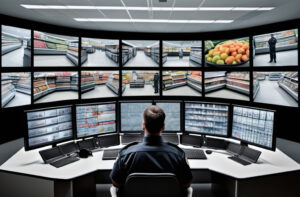 The Growing Need for Remote Monitoring in Urban Areas
The Growing Need for Remote Monitoring in Urban Areas
Urban areas, especially large cities, are increasingly becoming the focus of security concerns. In fact, a report from the UN Office on Drugs and Crime highlights that over 55% of the world’s population resides in urban areas, and this figure is expected to reach 68% by 2050. With urbanization comes the challenge of securing larger populations, more businesses, and highly congested environments. Traditional on-site security is often inadequate for tackling these challenges.
According to Allied Market Research, the global video surveillance market, which is a key component of remote monitoring, is projected to reach $144.85 billion by 2027, with a significant chunk of that growth driven by urban security needs. As cities continue to grow, the need for scalable and technologically advanced security solutions becomes apparent.
Key Statistics: The Efficacy of Remote monitoring in Urban Settings
- Crime Reduction in Urban Areas: A study conducted by Verkada found that properties in high-crime urban areas using remote monitoring systems experienced a 65% reduction in burglaries within the first year of implementation. This substantial decrease attributes to the deterrence factor provided by visible camera systems, alongside real-time human intervention.
- Cost-Efficiency: Urban businesses that have transitioned from traditional on-site guards to remote monitoring solutions have reported significant cost savings. A report from McKinsey & Company estimates that businesses save 40-60% on their annual security budgets by employing remote monitoring services, mainly due to reduced manpower costs and more efficient coverage of large areas.
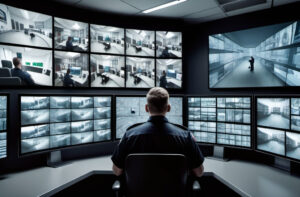
- Improved Response Times: In urban settings where law enforcement can be overstretched, remote guarding provides an advantage by cutting down response times. Data from Stealth Monitoring shows that remote guarding systems have improved response times by 30% on average, particularly in crowded metropolitan areas where dispatch and deployment of physical security forces might be delayed.
- Increased Surveillance Coverage: A survey conducted by Urban Security Magazine revealed that remote guarding solutions increase surveillance coverage by 50%, allowing for more areas to be monitored simultaneously without requiring additional physical infrastructure. This is especially crucial in urban environments where buildings are multi-story and security threats could emerge from multiple access points.
The Evolution of Remote Monitoring Technology
Remote monitoring systems have evolved to meet the demands of urban security, incorporating AI-powered cameras, real-time analytics, and advanced monitoring solutions. These technologies offer several benefits over traditional on-site guards, making them particularly effective in urban environments.
- AI-Driven Analytics: Artificial Intelligence plays a pivotal role in detecting anomalies in urban surveillance footage. With the help of AI, remote guarding systems can flag unusual behavior such as loitering, trespassing, or attempted break-ins. A study by IHS Markit shows that 80% of surveillance cameras installed in urban areas are now equipped with some form of AI, allowing for real-time analytics and automatic alerts. The ability of AI to continuously analyze large amounts of footage is particularly advantageous in cities, where the volume of data to process is exponentially larger than in rural or suburban areas.
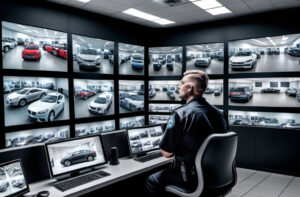 Integrated Access Control: Remote monitoring solutions are increasingly being integrated with access control systems, enabling businesses and residential complexes to manage who enters and exits their premises. In urban areas, this functionality is critical for high-traffic buildings like shopping centers, office complexes, and apartment buildings.
Integrated Access Control: Remote monitoring solutions are increasingly being integrated with access control systems, enabling businesses and residential complexes to manage who enters and exits their premises. In urban areas, this functionality is critical for high-traffic buildings like shopping centers, office complexes, and apartment buildings.
Hidden Costs of Traditional Security in Urban Areas
Traditional security measures, such as deploying physical guards in urban areas, come with several hidden costs that remote monitoring systems can effectively mitigate.
- Labor Costs: Hiring, training, and maintaining a team of security guards is significantly more expensive in urban areas due to the high cost of living and demand for skilled labor. According to the Bureau of Labor Statistics, the average hourly wage for a security guard in major U.S. cities is $17.31, which translates to annual costs of over $36,000 per guard. In contrast, remote monitoring solutions eliminate the need for round-the-clock personnel, offering a more cost-effective solution.
- Inconsistent Coverage: Physical security guards, while useful in certain situations, are limited by human error and fatigue. Studies have shown that physical guards can only effectively monitor a small area at a time. Remote monitoring, with its 24/7 surveillance capabilities, ensures continuous coverage and minimizes gaps in security.
Real-Life Examples: The Impact of Remote Monitoring in Urban Areas
Example 1: Office Complex in San Francisco
An office complex in downtown San Francisco faced repeated incidents of unauthorized access and vandalism, particularly during off-peak hours. The management team initially employed a rotating team of physical guards, but costs were soaring, and incidents persisted.
After implementing a remote monitoring solution with AI-driven cameras, the office complex saw a 60% decrease in security breaches. The remote guards can monitor all entrances and dispatch local law enforcement if there is a breach. Moreover, the system reduced the need for multiple guards, saving the company an estimated $100,000 annually in labor costs.
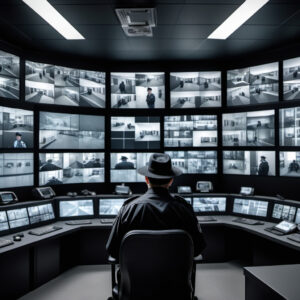 Example 2: Residential Building in Chicago
Example 2: Residential Building in Chicago
A high-rise residential building in Chicago’s Loop district experienced frequent issues with trespassers accessing restricted areas. Despite having on-site security guards, the building continued to face these challenges, especially during late-night hours.
After transitioning to a remote monitoring solution, the building’s management noticed an 80% reduction in trespassing incidents. The new motion-detection cameras and 24/7 live monitoring ensure that any unauthorized access is detected and addressed immediately.
Metrics That Matter: How Remote Monitoring Measures Up in Urban Areas
- Crime Prevention Rate: Urban areas using remote monitoring systems have seen an average crime reduction of 50-70%, as reported by Security Magazine. This rate varies depending on the specific location and industry, but the deterrent effect of surveillance is evident across sectors.
- Cost Efficiency: Businesses in urban areas save an average of 40-50% on security expenses by switching to remote guarding.
- Response Times: Remote monitoring systems reduce response times by up to 30%, thanks to immediate notification systems that alert both property owners and local law enforcement simultaneously.
- Improved Monitoring Capabilities: Remote monitoring systems increase surveillance coverage by 45%, making it easier to monitor complex urban buildings.
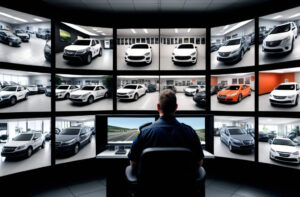 Conclusion: The Future of Remote Monitoring in Urban Areas
Conclusion: The Future of Remote Monitoring in Urban Areas
Remote guarding is not just a trend—it’s a necessity in today’s urban security landscape. As businesses in urban areas face increasing security threats, the importance of technology-driven solutions like remote monitoring becomes clear. From reducing crime to cutting costs, remote monitoring is transforming the way we secure our urban spaces.
With AI integration and access control systems, remote monitoring solutions continue to evolve, offering greater protection for urban areas. The case studies presented in this blog demonstrate that the benefits of remote monitoring go far beyond the obvious. Explore our full range of services at OHZ Remote Guarding.





